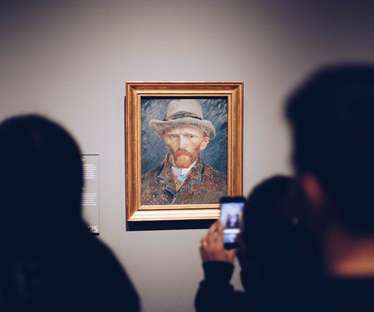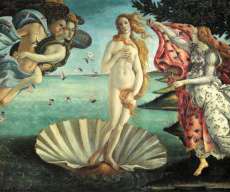When Doors Close, A Market Grows: Museums, COVID-19, and Cultural Digitisation
IPilogue
JANUARY 20, 2022
For North American museums with works still under copyright, the 2017 publication Guidelines for the Use of Copyrighted Materials and Works of Art by Art Museums by the Association of Art Museum Directors will come in handy. However, many of the masterpieces housed by museums are in the public domain.













Let's personalize your content